Mason Proffit | John Michael Talbot | Interview
Brothers Terry Talbot and John Michael Talbot played together in several local bands around Indianapolis, Indiana and later in Chicago. After their group Sounds Unlimited disbanded, in 1969 they formed Mason Proffit with a focus on the emerging blend of folk, country and rock that would come to be called country rock.
‘Two Hangmen’, written by the older brother, Terry, and released on their first album, ‘Wanted’, became a regional hit. This helped their second album, ‘Movin’ Toward Happiness’, chart on the Billboard 200. In 1972, the band signed to Warner Bros. Records and continued touring, performing up to 300 concerts each year. Some of Mason Proffit opening acts during that time included The Doobie Brothers, Steely Dan, John Denver, and Mac Davis. Mason Proffit disbanded when brothers John and Terry Talbot left the band and began performing as a duo. After the break-up, the Talbot brothers began to record contemporary Christian music on Sparrow Records, earning themselves a Grammy Award nomination and several Dove Award nominations.
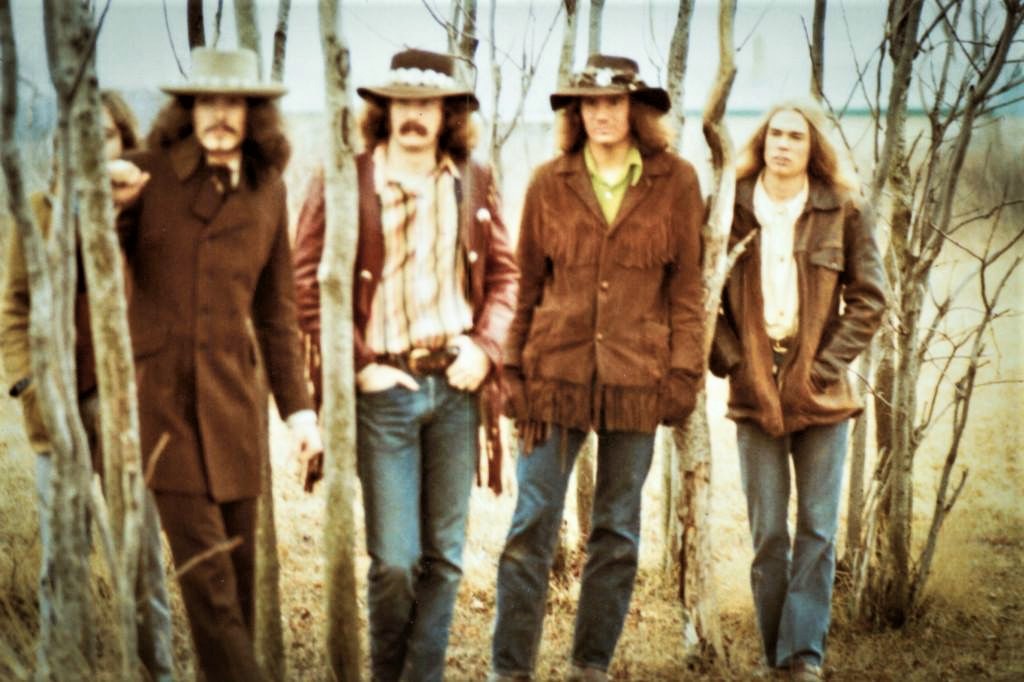
“Eternity must be in every note, and the space between the notes is as important as the ones you actually play”
Would you like to talk a bit about your background? Where and when did you grow up? Was music a big part of your family life?
John Michael Talbot: I was born in Oklahoma City, Oklahoma until the family moved to Little Rock, Arkansas for 18 months and spent most of my formative years in Indianapolis, Indiana until we moved to LA with Mason Proffit.
Music started playing a part in my life in Oklahoma. My father was part of the seminal Oklahoma City Orchestra, and my mother played piano at church as a Methodist minister’s daughter. I remember music being a regular part of my upbringing around an upright piano which my mother and sister played.
My older brother had started playing guitar in Little Rock, and I became interested in music at age 8. At first, I wanted to play the drums until I saw a banjo player on TV. In my young mind I equated the drum like the head of the banjo with the guitar like a fretboard. And I said, I’ll play the banjo!
My brother Terry taught me Tom Doolie on a Silvertone Sears and Roebuck guitar when I was still in Little Rock, and I played it as a Show and Tell piece for my class. So, I guess I will begin toying around with it in Little Rock.
The Sounds Unlimited was probably your first serious band. You also released a single ‘A Girl As Sweet As You’. What do you recall from forming this band and how did the transformation to Mason Proffit look like?
My older brother had started a folk group while a freshman at Arlington High School in Indianapolis, Indiana. It quickly morphed into a family-based folk group called The Quinchords. I jokingly say it’s because there were five of us and we knew five chords! But we did rather well playing church groups and supper clubs around the Indiana area, eventually placing third in a Hootenanny Contest at the Indianapolis state fair.
When the Beatles came to America we quickly morphed into a more rock-based folk group, and then a full-on rock band called The Four Score. We placed first in the Indiana State Fair Battle of the Bands contest and were awarded to cut a record in Chicago with the well-known Bill Trout, who had produced groups like The Shadows of Night (‘Gloria’), The Buckinghams and The Grass Roots. We recorded a single called ‘A Girl as Sweet as You’, with ‘Little Brother’ on the B side. It was a regional success. I remember that’s the first time we faced a few audiences of screaming teenage girls. It was bizarre to say the least. I was still in Junior High!
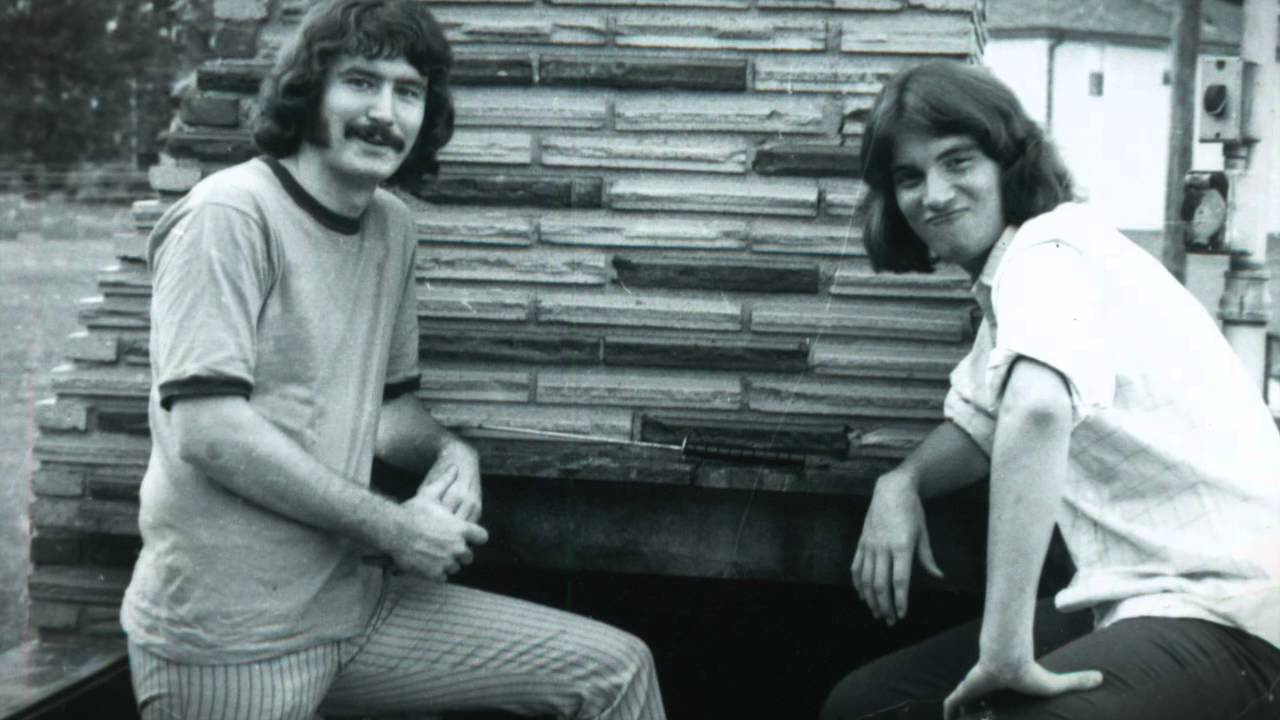
Due to the musicianship limitations of that group, we combined with a pre-existing hard rock band called The Sounds Unlimited that Terry had subbed in. It transformed into a more vocal oriented top 40 group. We did rather well. After a few personnel changes and a drift towards psychedelic rock, we submitted our new material to Bill Trout in Chicago. He liked it but made a life changing suggestion.
It was he who suggested that we resurrect our folk, bluegrass, and country roots with rock ‘n’ roll. He mentioned that the Byrds had just released ‘Sweetheart of the Rodeo’, and there was a new group called The Flying Burrito Brothers, and the Buffalo Springfield had morphed into Crosby, Stills and Nash, and Poco, originally named Pogo for the cartoon strip. We decided to heed Bill’s sage like advice.
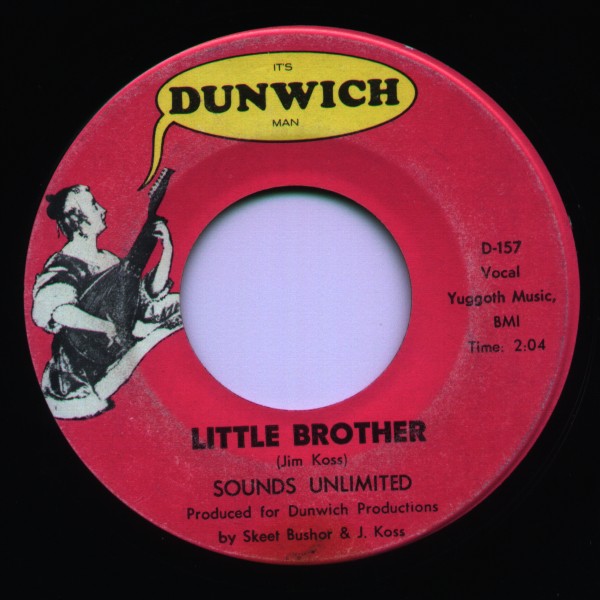
We kind of flipped a coin for who would tackle the pedal steel guitar. I “won”, or shall we better say “lost” the toss due to my aptitude to stringed instruments. Of course, I already played Bluegrass banjo with some proficiency after having received lessons from a protégé of a national champion. But I found the pedal steel to be kind of like flying a helicopter! It’s kind of like an airplane but involves both hands and feet that work almost counter intuitively to the desired effect! You pick with your right hand, master a slow vibrato with your left, enlist floor and knee pedals with your left leg, and work a volume pedal with your right foot, all to produce a sound that is slick and smooth. Seriously, I don’t feel I reasonably mastered pedal steel until our last record called ‘Bareback Rider’, though some flatter me otherwise. I say I played pedal steel most of the time.
We named the group Mason Proffit and started playing clubs in Chicago to “woodshed” before recording. After our first album we started playing college campuses as a headliner and concert hall venues as an opening act to major rock artists and bands. It was great and sometimes shockingly enlightening to rub shoulders with names I had mimicked a few years prior.
How did you decide to use the name ‘Mason Proffit’?
That was pretty much Terry’s idea. Frank Proffit had written ‘Tom Doolie’, and it was the first song we learned together. Frank didn’t sound good, so we used Mason as in mason jars. The group was originally called The Mason Proffit Revival after the Creedence Clearwater Revival, but we quickly lost the revival part of the name.
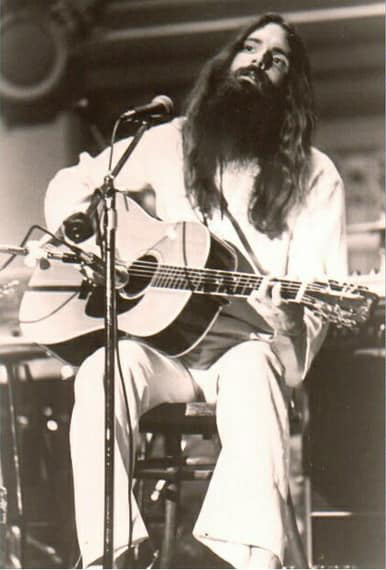
‘Wanted’, the debut album by Mason Proffit is a very beautiful album. Among my favorites of the country rock/psych genre. ‘Two Hangmen’ is my favorite song. What’s the story behind it? Where did you record it? What kind of equipment did you use?
You might want to talk to my older brother Terry since he was the primary writer of most of our songs. I was kind of the instrumental supporter who came up with little turns and chord change ideas. Terry was a gifted lyricist and schooled me in anything I know now. I’m still unafraid to call him if I get stuck lyrically. Terry was the force and face of Mason Proffitt and remembers much more about those years than I do.
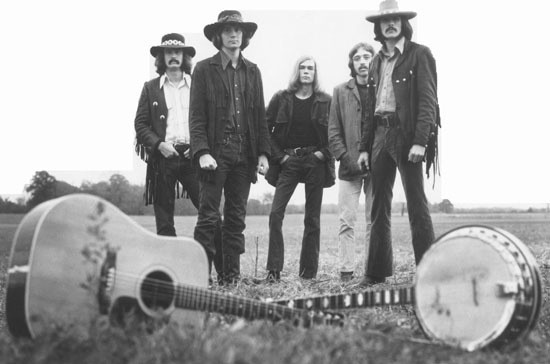
‘Two Hangman’ was his idea. I contributed to the chords in the repeating chorus at the end. It was a clear lift from the Beatles’ ‘Hey Jude’, and later one of the Eagles confessed that it inspired some of their classic hit, ‘Hotel California’. But that’s a question for Terry since he’s the one they told.
Unfortunately, the song ‘Two Hangman’ was banned by the FCC due to the tense spirit in our country about ending war in Vietnam. Otherwise, it probably would have been a hit and more if a cult classic than it has remained today among aficionados. But music is filled with “probablies”. As it is, it’s a classic with “both people” who still remember it at all!
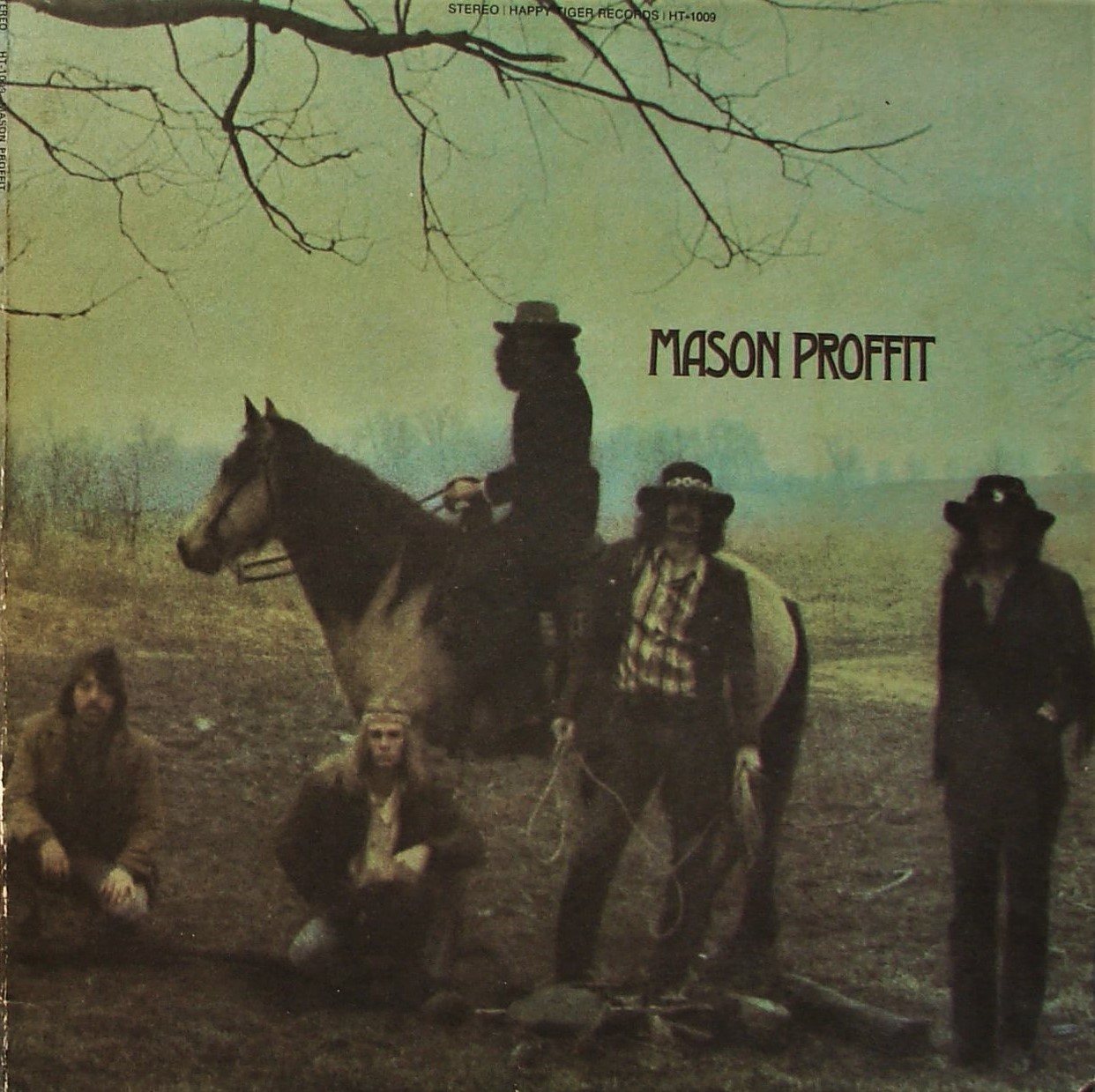
We recorded in the old Universal Studios in Chicago. It was the same studio we used with The Four Score, so it was familiar. But it was famous, kind of like the Abbey Road of the American Midwest. The Chad Mitchell Trio, who had influenced us in the folk era, had recorded there, as had most of the top 40 bands produced by Bill Trout. It was cutting edge at the time.
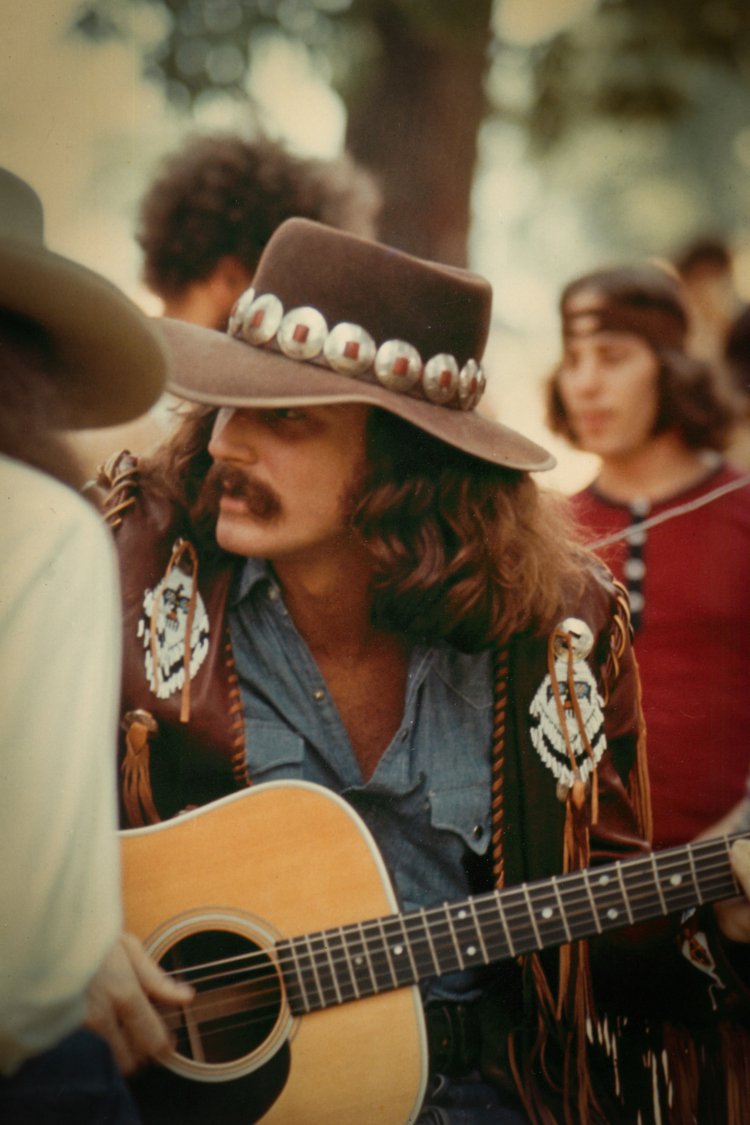
In those days recording sessions were usually 12-to-15-hour affairs in which you laid down basic tracks and vocals for a complete album in one or two days. It’s where I learn to drink coffee! Seriously, they had no pop machines. Just water and coffee, and the coffee had usually been made at 8 AM on the same day so it was more like drinking motor oil. I added a lot of milk and sugar! We recorded on 8 tracks to begin with, and 16 in some of the later stages of the recording.
We were still pretty terrible! The pedal steel sounded like I just picked it up a month earlier (which I had!), and the band, while tight, still didn’t know how to record. We were just a high school dance band from Indianapolis that morphed into the country rock thing! What made the recording sound more professional was our producer and the addition of some orchestra parts that covered the multitude of the sins of our otherwise rather amateurish sound.
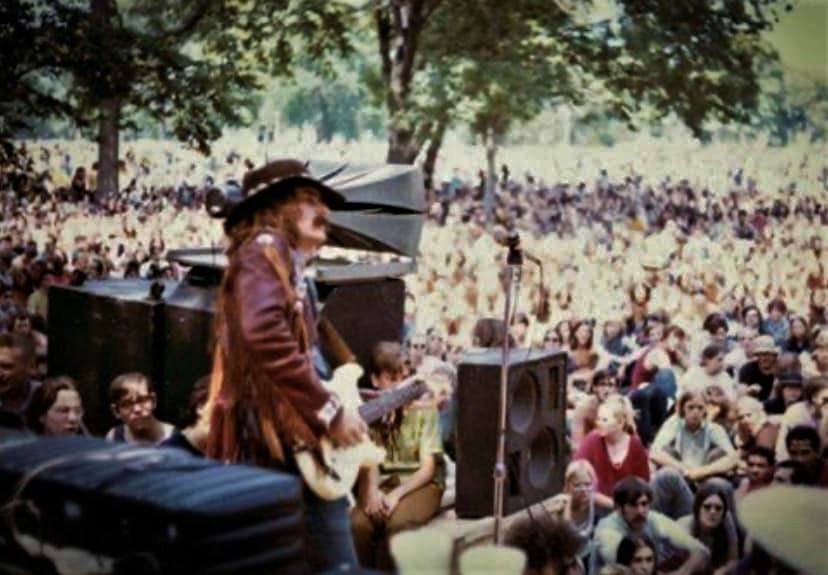
‘Movin’ Toward Happiness’ and ‘Last Night I Had the Strangest Dream’ followed in the following year. You were quite busy writing and recording new material. How do you usually approach music making?
‘Movin’ Towards Happiness’ was our second record. We were fairly pleased with it. We had moved to a new recording studio called Paragon in Chicago. On this record we started to use more acoustic sounds. We relied more heavily on the banjo and the dobro, as well as acoustic guitars. And the band was extremely tight because of doing 300 concerts a year. This was fulfilling part of the dream I had for a sound we had yet to discover.
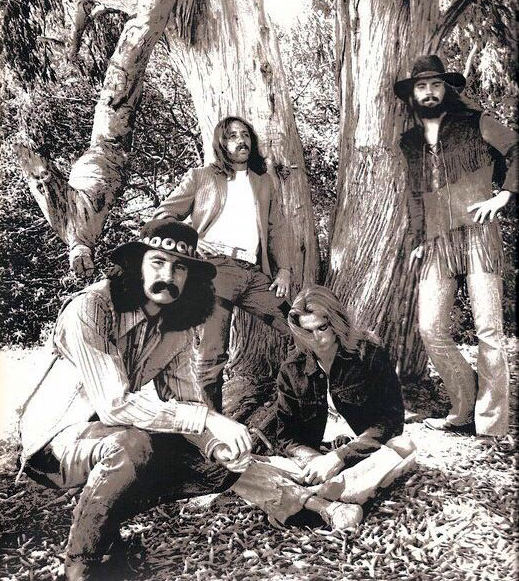
But this record did not gain the attention of our premier effort with Wanted. Frankly, it’s because we didn’t have a song like ‘Two Hangman’ on the recording. But it was a fun time.
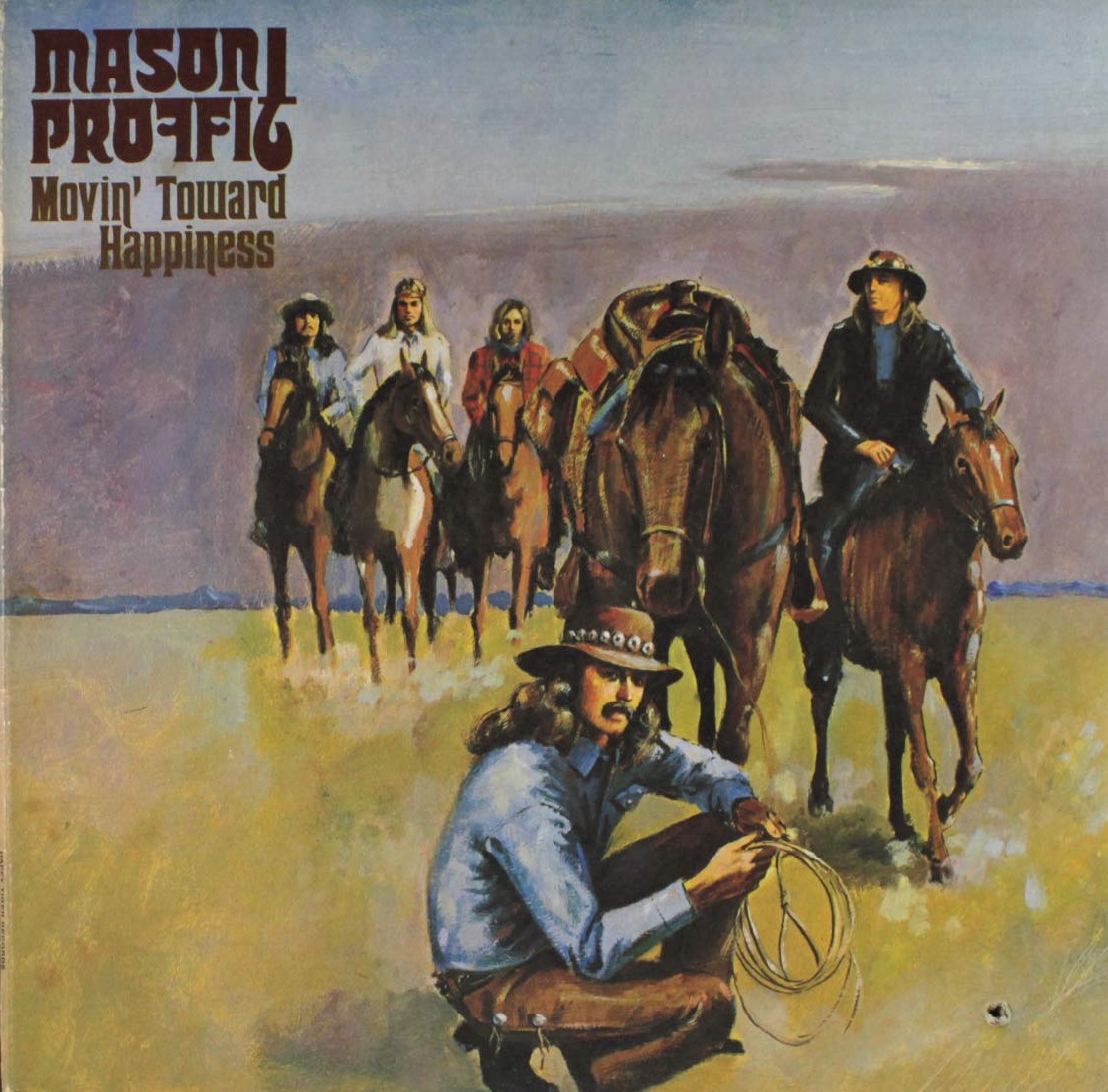
‘Last Night I Had the Strangest Dream’ was recorded in Torrance, California after the band relocated outside of Los Angeles in Simi Valley. It was a creative album getting more in touch with our folk roots. I was writing and singing lead more, though my voice had yet to mature. I liked writing about Native Americans and American history. I had also accepted Christ through a now somewhat well-known conversion story, and it had a huge impact on my social commentary about things like the abuse of Native Americans. At this point I was also trying to find “that sound.” For me it was a combination of electric and acoustic instruments with the inclusion of pedal steel and banjo. Unfortunately, we still didn’t know how to produce records, and specifically acoustic sounds, so it eluded me.
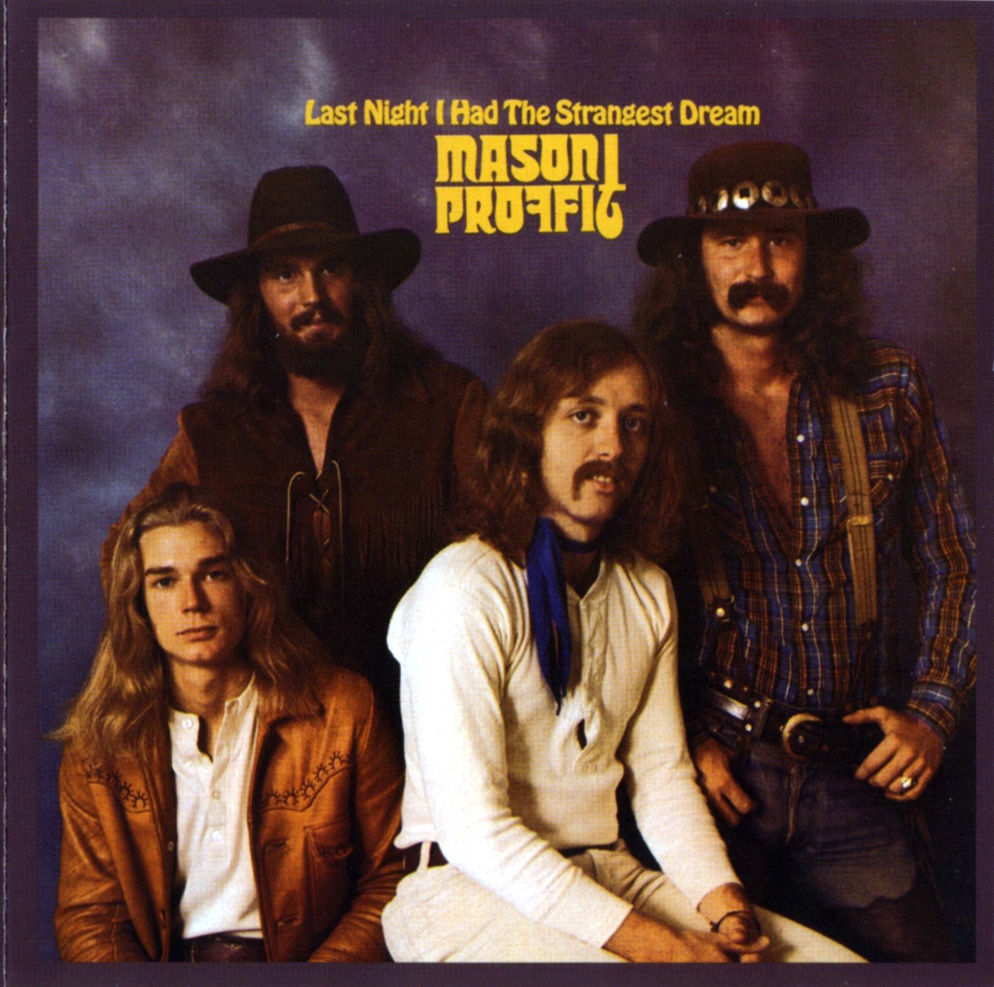
This was also the record where everyone but me in the band started experimenting more with drugs. The end result was, while they all thought they were playing better, we became very self-indulgent with studio time, and started playing more poorly in my opinion.
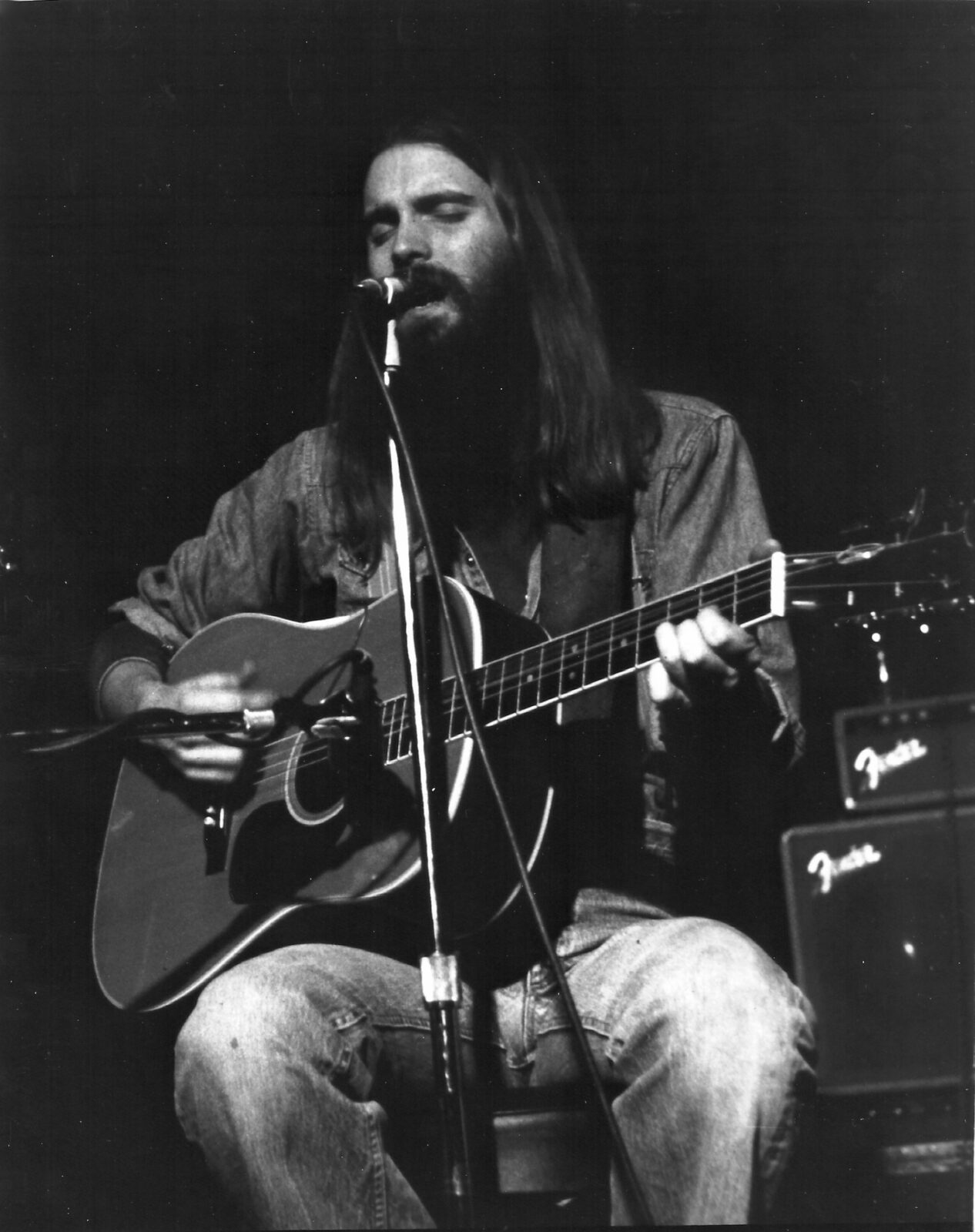
“We had always been a phenomenon in live performance”
‘Rockfish Crossing’ and ‘Bare Back Rider’ were your last two albums and then you embarked on a solo career. What do you think is the main difference between being in a band and performing solo?
‘Rockfish Crossing’ was our first Warner Brothers release, and they were interested in taking the band into the proverbial “end zone” as a major success. They upped our game.

We had always been a phenomenon in live performance. My older brother Terry could ramp the crowd up into a frenzy with an almost evangelical fervor social commentary while the band pulsated and vamped with bluegrass and country rock behind him. Major names hated to go onstage after us, and the crowd would sometimes chant “bring back Mason Proffit” during their otherwise musically superior sets. It could be both satisfying and embarrassing all at the same time.
And we knew how good we were. We were, frankly, arrogant. But we walked with a confidence that was infectious. We were a band on the rise.

Most of the shakers and movers in the music industry thought we were the next musical phenomenon if we could just make good records. Guys like Jerry Weintroube approached Terry about getting a great studio band, I’d also sing and play, and they’d pick half the songs that would be sure hits. In our youthful arrogance, and loyalty to our band mates we didn’t take them up on it.
We opened for just about everybody you can imagine except for the mega bands like the Beatles, the Stones, The Who, and Dylan. We played with Clapton, but not Hendrix, and many like Janis Joplin, who treated us wonderfully. We played with The Byrds and the Burritos, and festivals with hundreds of thousands, and venues like The Fillmore West and Winterland with just about everyone else you can imagine. Beneath all the glitz they were just like us, band guys who wanted to make good music.
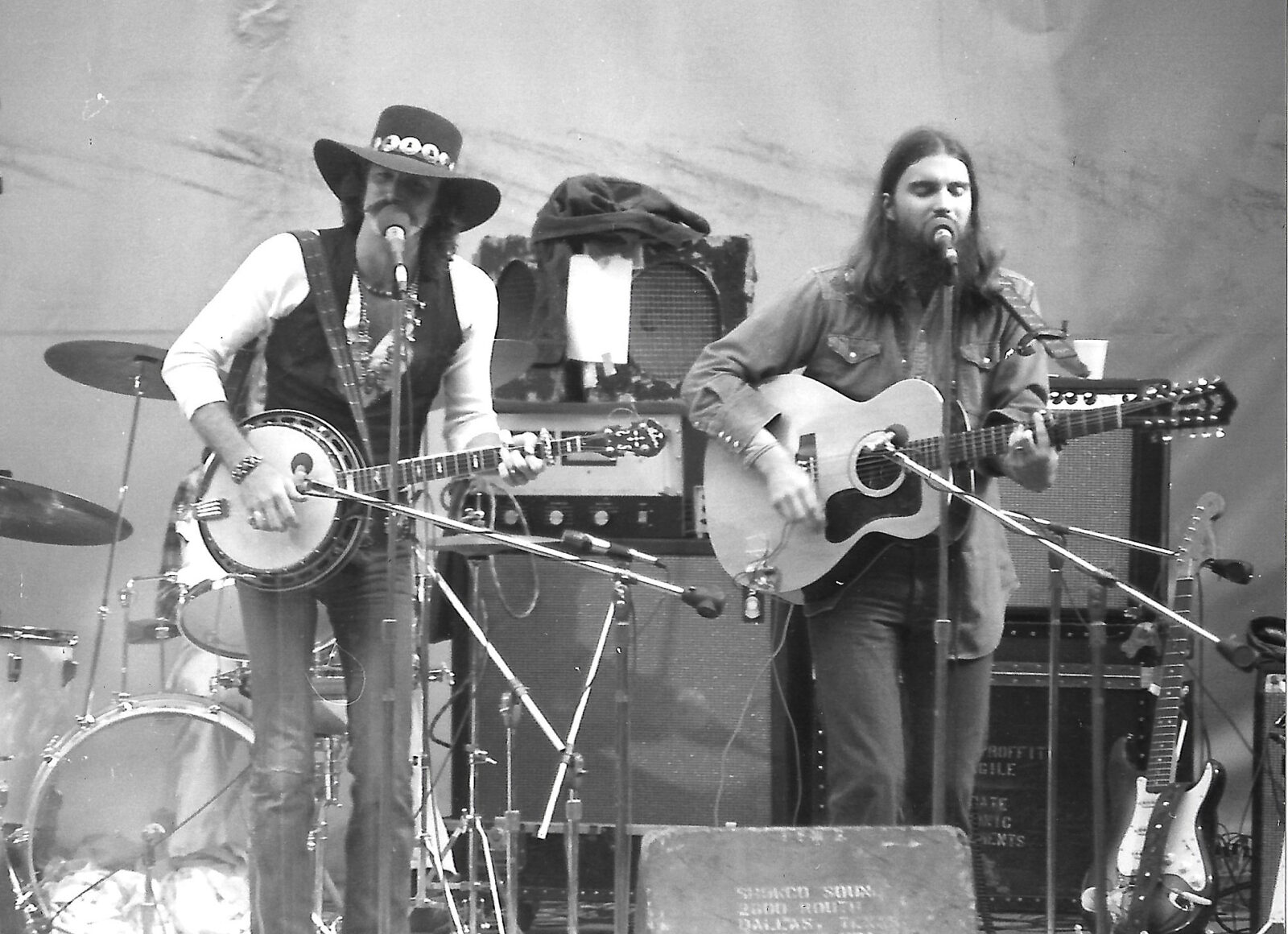
‘Rockfish Crossing’ was in some ways a continuation of ‘Last Night’, but included a live segment we recorded at The Golden Bear in Huntington Beach. The record company wanted to capture our live energy. It was a legendary club called The Golden Bear that went all the way back into the folk era, and we had played there before with bands like Spirit. But we met Bill Halverson who recorded it in the sound truck.
For ‘Bareback Rider’ we brought in great new management and Bill Halverson as producer. We finally found the right combination regarding the sound I was looking for. Bill knew how to record acoustic and electric music. He’s worked with Cream and Clapton, CSN&Y, Stephen Stills and Ravi Shankar. It was a huge step up for us.
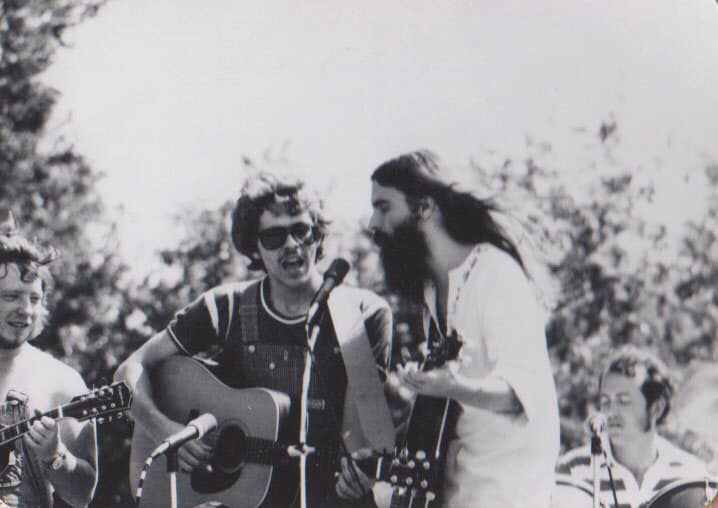
But the band was imploding from within because of too many disparate style preferences in our now musically growing members. Terry wanted to be a rockstar. Tim wanted to play blues and jazz on bass. I was interested in folk. Plus, we played 300 concerts a year, and were expected to come up with a record annually. Truth be known, we were just exhausted. It was all too much, so we finally pulled the plug. Mason Proffit was done after barely five years.
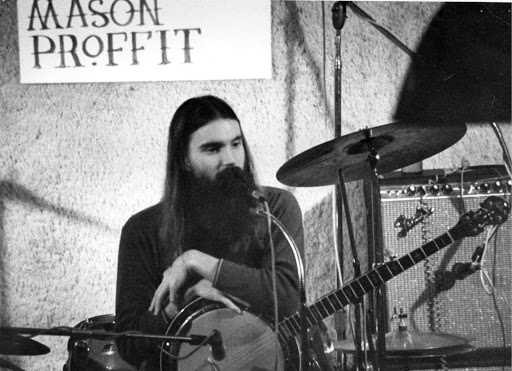
Terry and I teamed up for The Talbot Brothers. We relaxed into music we now had the time to enjoy. And we used all the legendary players we had always dreamed of working with. Leland Sklar on bass, Russ Kunkel on drums, Bruce Kurnow from Mason Proffit on keyboards and harp, Randy Scruggs on guitar and Josh Graves on dobro from the Earl Scruggs review. We also used Sneaky Pete Klienow from the Burrito Brothers, David Lindley on lap slide from Jackson Brien’s band, and Donny Dacus from Stills’ third solo record. It was a legendary line up. And the songs were better. Plus, Terry and I began expanding and polishing our vocals a bit. All the pistons were finally firing. It was a great record.
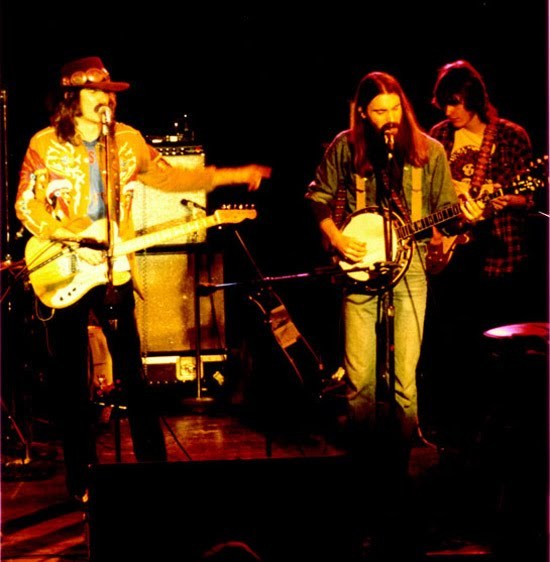
And Joe Smith at Warner’s loved the record. He didn’t mind the more overt Christian message because the album was just so good. He was convinced it would be a major hit. But he became very angry when we stubbornly didn’t want to release it as Mason Proffit. It just made us tired to think about that scenario. He begged us to put together the band of our dreams, and just call it Mason Proffit. We wouldn’t do it. So he refused to promote it. And it fell on the garbage heap of the many largely forgotten albums from that era.

Would you like to discuss your first solo album after becoming a Christian and leaving Mason Proffit. You played all the instruments on the album. What are some recollections? Is there a concept behind it?
After the disillusionment that came with The Talbot Brothers and Warner’s, I collected unemployment for about a month before getting busy growing organic vegetables and painting a few houses. It was at least honest work. But I was lost and aimless except for my Christian faith. I was studying scripture and various theologies copiously. I also lapsed into an increasing fundamentalism that eventually suffocated my personal life. The Christianity that at first enriched my life was morphing into a cartoon faith that nearly destroyed it. But God still led me out of the darkness.
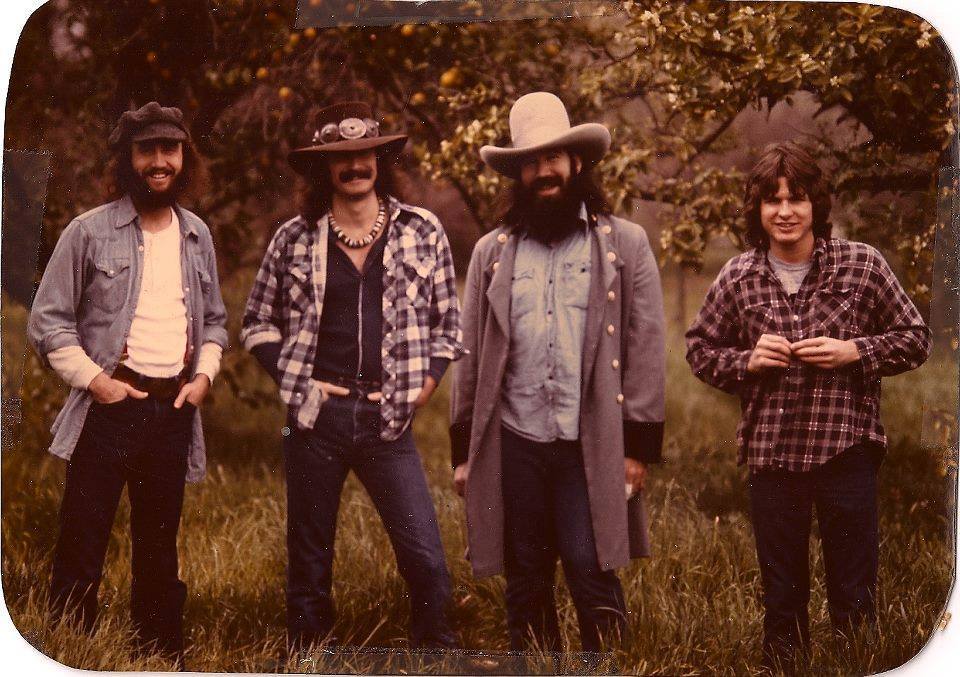
During that period Terry, who had also become serious about his Christian faith, put a Christian version of Mason Proffit back together and asked me to go back on the road with them. I wasn’t interested in formally being in the band again, for it had taken a decidedly rock emphasis, much like The Eagles, so I opened as an acoustic soloist. I have been listening to Gordon Lightfoot, Leo Kottke, and other mire acoustic artists and was seriously influenced by them. Plus, pulling out the banjo and dobro solo songs always brought the house down to conclude my set. But soon, I was playing in the band again. The band soon included Al Perkins from the latter roster of the Burritos, Manassas, and Souther, Hillman, and Furrey. It was a good band.
One of our concerts included The Road Home Festival in Colorado Springs with Robbie Marshall. It included many of the name bands and artists in Christian contemporary music at that time. In an act of divine serendipity Billy Ray Hearn of Myrrh Records, the contemporary arm of Word Records, picked us up at the airport. On the ride to the hotel, he put in a tape of a new group called The Second Chapter of Acts, and played The Easter Song and Which Way the Wind Blows. We were blown away. Finally, Christian contemporary music that sounded good on record!
During the concert Billy Ray asked me if we would be interested in recording for him. Unbeknownst to him we had already decided that this would be our last concert, so I explained the situation, but told him I would be interested in doing a solo album for him.
He went on to also reveal that he was leaving Myrrh in Texas to start his own label in California. He asked me to make a demo. I did so on a cheap boombox cassette player sitting on my bed in a farmhouse in Indiana, playing my first record straight through. He loved it and offered me a contract with the newly formed Sparrow Records out of Canoga Park California, in the suburbs of LA.
He offered me a whopping $15,000 for an “all in” new record. That was cheap! We’d spent $50k on The Talbot Brothers. But I was hungry to do it. So I decided to play all my own instruments and record in a little studio in South Pekin Illinois where Dan Fogelberg had started. I did it for $3500 and kept the rest to get my solo ministry going.
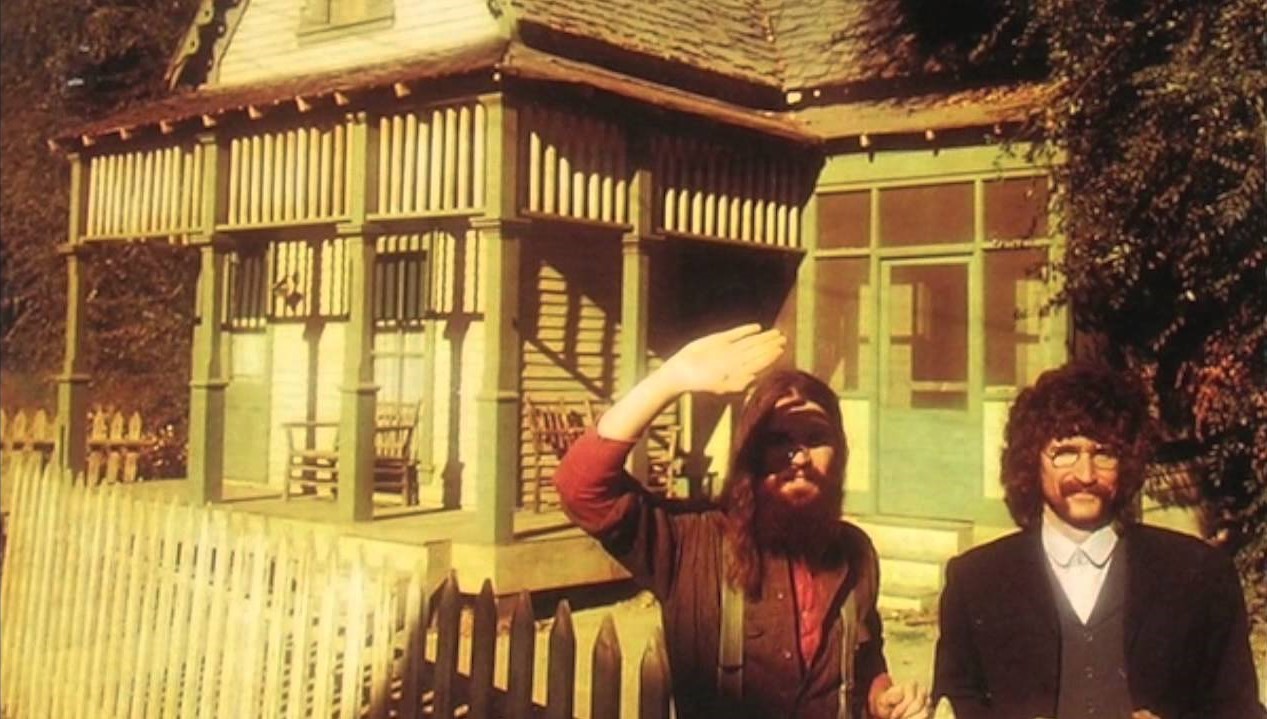
Musically, I played aggressive acoustic guitar, bass, and drums. I also played some electric guitar played directly into the console because there wasn’t a guitar amp. I was influenced by Leo Kottke and other great acoustic players, though I was nowhere as good. Lyrically, I tried to invoke the biblical prophets with a bit of Dylan thrown in to boot. Vocally, it was limited due to budgetary issues. It was well received. It was a decent beginning.
I did another album, ‘The New Earth’ in that vein shortly after, but it expanded musically and lyrically. I was more pleased with it. It foreshadowed The Lord’s Supper, which was my first real a Christian bestseller. The Lord’s Supper reflected my discovering Catholic and Franciscan/ monastic Christian spirituality and paved the way for 56 recordings and multimillion sales. It was important in my musical development.
A countless number of albums followed in the later years. Your latest album ‘Songs From Solitude” is a very unique recording. What’s the story behind it?
‘Songs From Solitude’ was birthed in the Spring of 2020. When the COVID-19 pandemic hit the world, social distancing, sheltering in place, and isolation became the new normal for millions. For monastics it became a time without the many guests and retreatants to whom we minister. It became a time to go deeper into our “cloistered” monastic life. This was an unsuspected blessing.
I had already heard a call from God in 2019 to take a sabbatical from outside ministry in 2020. So, I was already prepared for this monastic solitude.
‘Songs From Solitude’ was an unexpected surprise in this time of monastic enclosure. In the midst of this more intense solitude songs began to flow. Ancient texts upon which I had meditated for decades found new melody and tone.
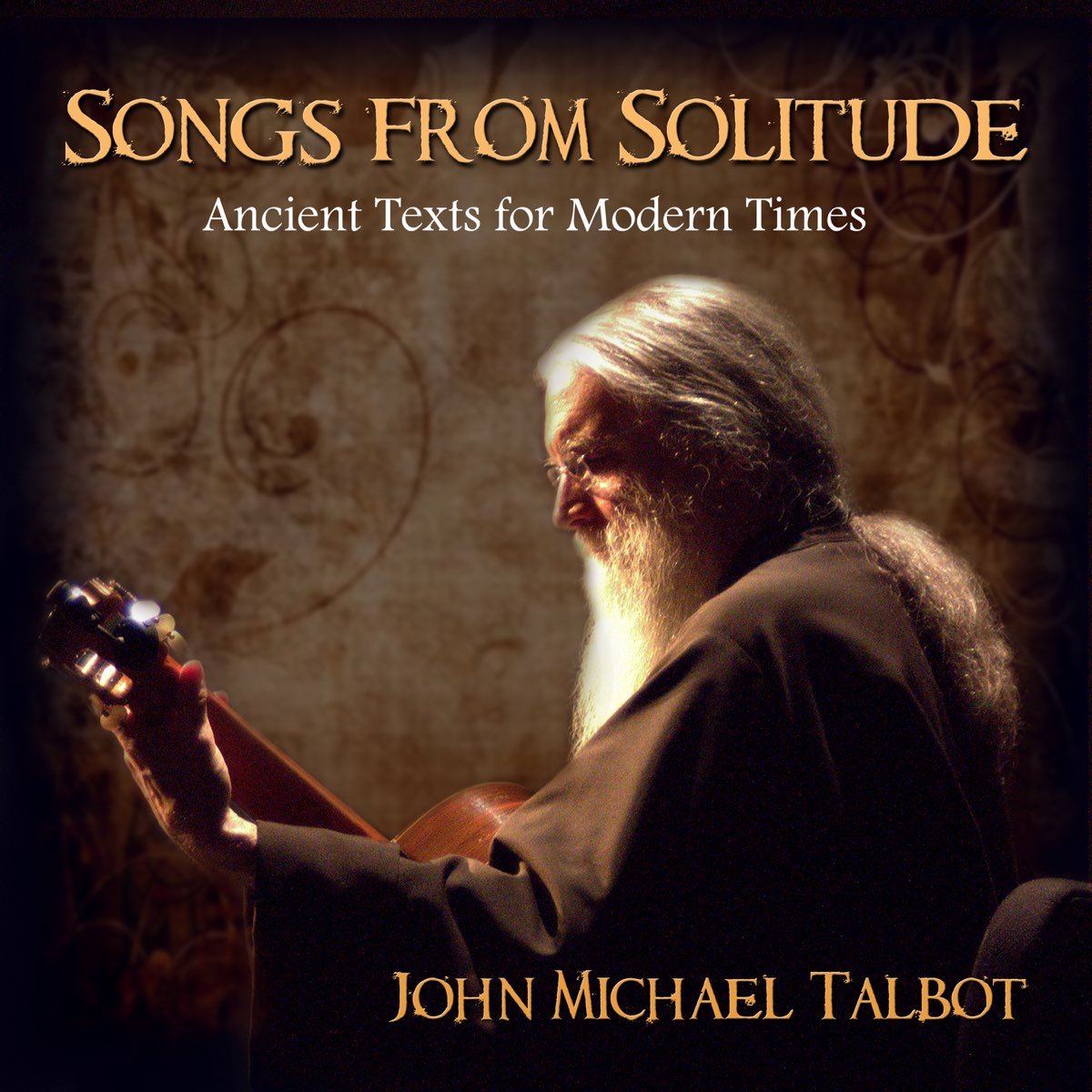
Under the pandemic restrictions I couldn’t produce them with a choir or orchestra. Plus, the economic limitations brought with streaming and digital have reduced recorded music from an art form to a utility to augment live performance, much like a calling card at best. So, recording budgets nowadays are severely restricted.
After considering my options I discerned to simply record my guitar and voice in my hermitage studio and create a “choir” from my own overdubbed voice. This is usually how I lay out songs anyway, so it was not new to me. The result is something sparse, yet harmonically rich and tonally suggestive.
In my personal time in hermitage, I had spent years and decades steeped in ancient liturgical and devotional texts. A close encounter with death a few years back brought these texts intimately near as I could only muster familiar phrases or tongues through which to pray in that holy of holy place of immediacy with heavenly worship. These familiar ancient texts became the libretto of this new musical piece.
‘The Come Let Us Kneel Down’ comes from Prime in the Coptic daily prayers of the hour, called the Agpeya. ‘The Trisagion (Thrice Holy)’ comes from a vision of a child of heavenly worship in the Christian Eastand originated from the stational liturgies while processing to Divine Liturgy. It is also used in the West’s Chaplet of Divine Mercy. ‘The Cherubic Hymn’ is used at the Great (Angelic) Entrance of the Byzantine Divine Liturgy.
The typical Mass parts (‘Lord Have Mercy’, ‘Glory to God’, ‘Holy’, and ‘Lamb of God’) are familiar in the Westbut are also used in the East in their own way. ‘Jesus, I Trust in You’ comes from the Divine Mercy Chaplet from St. Faustina in Poland, which is on the border of East and West. ‘O My Jesus’ comes from a vision of Mary in the later Fatima setting of the Marian Rosary in the Christian West. These last two are particularly sweet and childlike.
I also used musical settings that imply both the Christian East and the West. The eastern tones employ a standard mid-eastern scale, with an underlying drone so common in Byzantine chant, but with a western and modern twist. The western tones employ everything from Spanish to folk, various styles of classical, and even a touch of jazz. Sometimes these are clear in particular songs exclusively, and sometimes they are integrated together into one song. Listen for the integrations.
It’s impossible to cover your discography. Would it be possible for you to choose a few collaborations that still warm your heart?
That’s a difficult question. I have countless great memories working with true legends in Mason Proffit and Talbot Brothers, but especially in my solo recording ministry. Great orchestrators, orchestras, studios, engineers and producers, artists and players have blessed me beyond description. Billy Ray Hearn and Phil Perkins were priceless friends, mentors, and collaborators in my overall development.
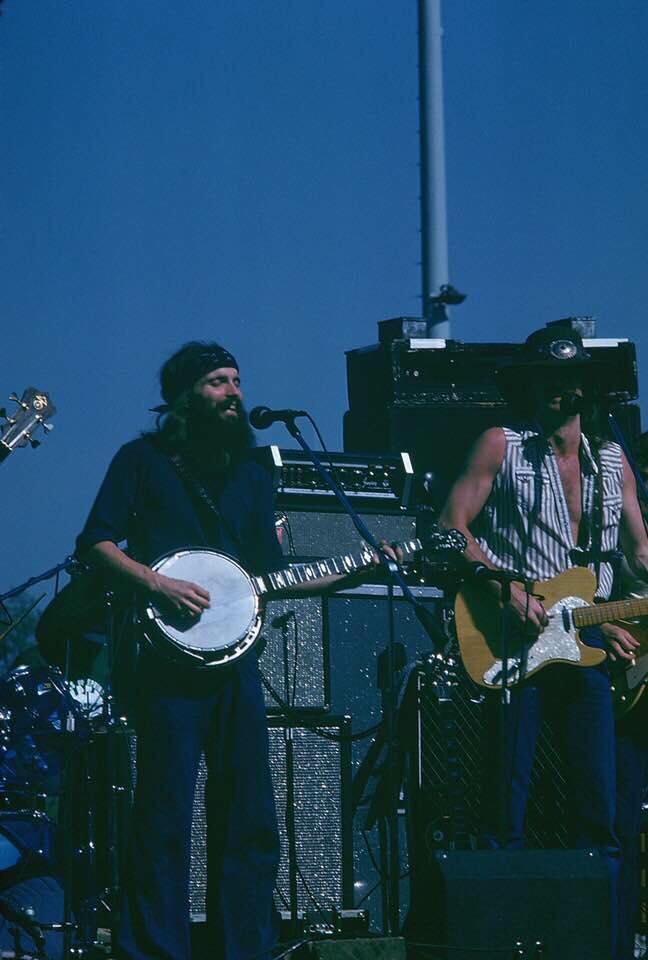
‘The Lord’s Supper’ and ‘The Painter’ with my brother were considered red letter recordings by many who paid attention to the early development of Christian contemporary music, or CCM. But ‘Come to the Quiet’ formed a meditative and mystical style that became my most loved by listeners. It was fundamental for me. ‘Troubadour of the Great King’ in honor of the 800th celebration of the birth of St. Francis of Assisi was the recording where I finally found my more mature signature sound. ‘Heart of the Shepherd’ stretched out into some more sophisticated tonal experiments that have become a mainstay of my chordal vocal/ choral approach. My personal favorites include ‘Meditations From Solitude’ and ‘Wisdom’. Working with the Nashville orchestrating legend Ron Huff was a thrill, though Phil Perkins, Johnny Rusosco and Lee Holdridge (a legend in his own right) were also delightful and very creative to work with. I consider Phil Perkins to me what George Martin was to the Beatles. He has been a priceless friend and collaborator.
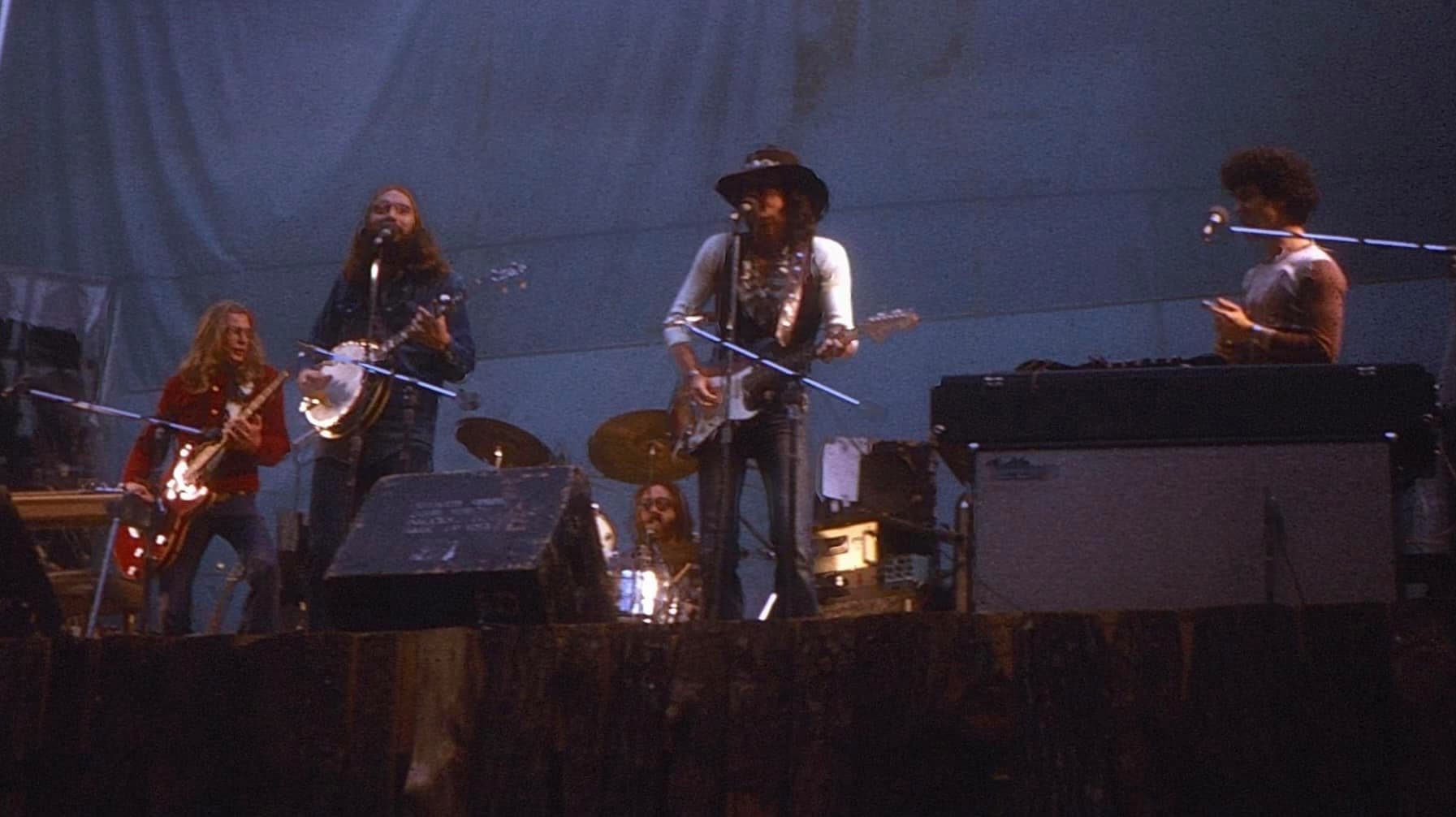
“The old axiom of playing less but accomplishing more has guided my instrumental work ever since”
Earl Scruggs called you “the best banjo player I’ve ever heard.” Would you like to comment on your playing technique? Give us some insights on developing your playing technique.
I can’t vouch for that because I was playing when he supposedly said it. Terry heard him say it. My banjo style was forever influenced while playing with John Hartford in a trailer dressing room before an outdoor appearance on his TV show. When he took a solo break during a song his fingers stretched out fully and he attacked the instrument with forceful authority. I learned to do much the same. So, I play hard, and try to hit every note with authority. I do the same on guitar. The old axiom of playing less but accomplishing more has guided my instrumental work ever since. Eternity must be in every note, and the space between the notes is as important as the ones you actually play.
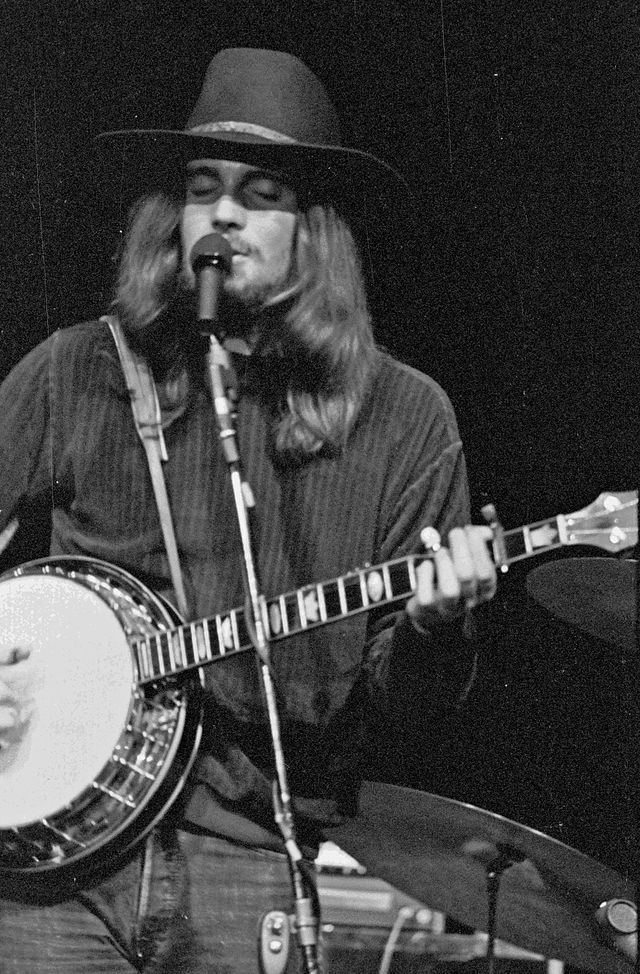
Looking back, what was the highlight of your time in the band? Which songs are you most proud of? Where and when was your most memorable gig?
Hard to say. I still like ‘Trail of Tears’ from The Talbot Brothers. It was the first song we cut in the session and set the stage for the others.
The gigs themselves are a blurred stream in my mind. I get bits and pieces of most of them, from the smallest to the greatest. They were all important.
What currently occupies your life? What are some future projects?
I spend most of my time praying and creating in my monastic hermit cell. Frankly, that’s where I’m most at home anyway. Recently I’ve been able to make a few ministry and Brothers and Sisters of Charity community trips. But they are cautious and limited. The future still is uncertain. I’m most comfortable as a hermit until anything becomes possible, or desirable.
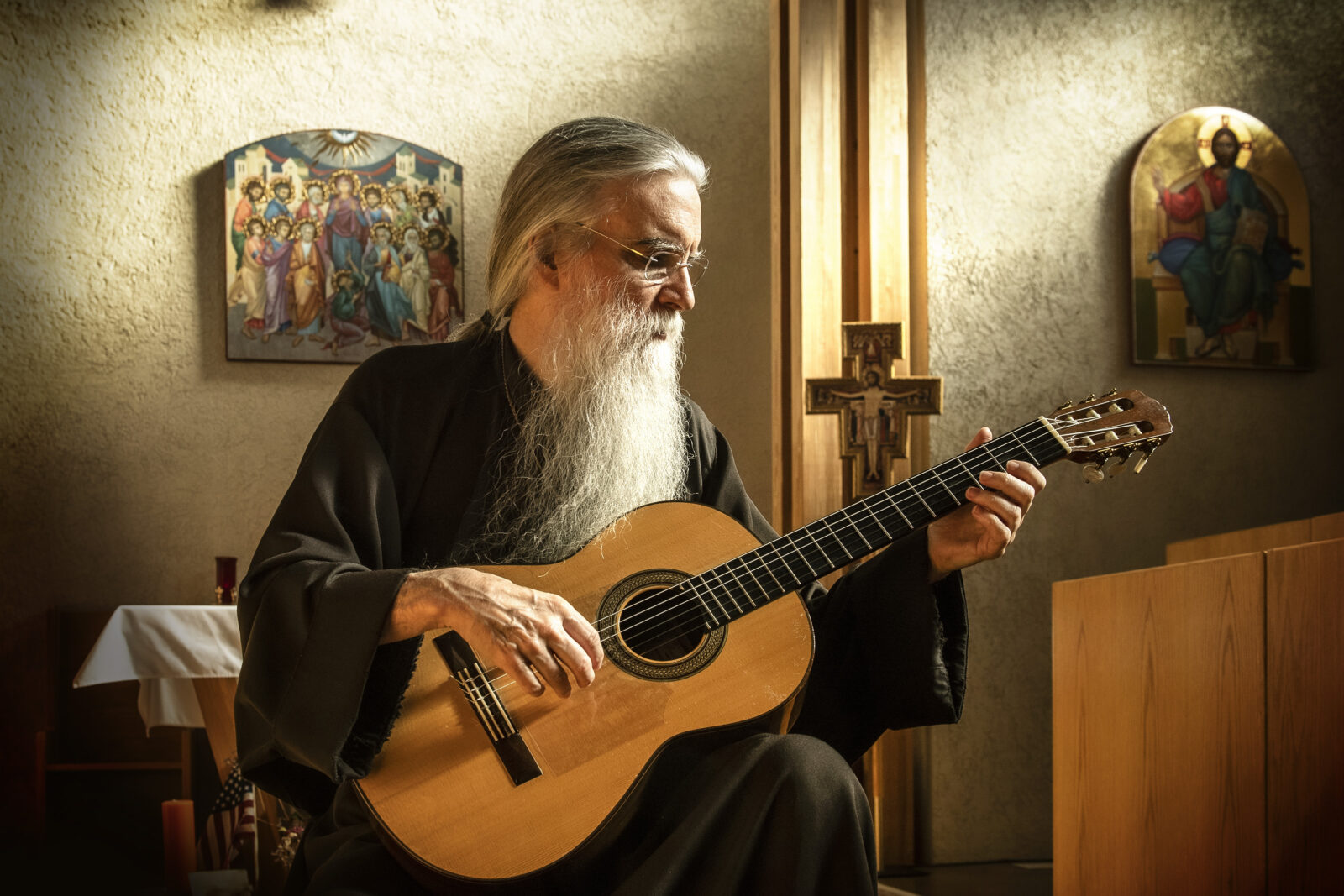
How are you coping with the current world situation as a musician? What are your predictions regarding the music industry?
Well, I’ve had so much success through the decades I don’t feel I have much to prove, so I’m only doing what I really discern. The Holy Spirit is inspiring. I recorded ‘Songs From Solitude’ and some video concerts from Little Portion Hermitage and Monastery with success. I also do an online Inner Room Spirituality School, and still author spiritual books. My most recent is Hermitage of the Heart, a 40 Day Retreat based on St. Romuald, a 10th century monastic reformer who brought the solitude of the deserts of Egypt and Palestine into Europe.
The future of music? God knows, but in the short term, between the systemic unfairness of digital streaming to artists, and the Covid pandemic the music business has pretty much been decimated. Mega artists can afford it, but their support systems cannot.
I think the future is now back to live performance. That’s the way it was for hundreds of years before the advent of recorded music, so it can certainly be again. Music will survive. I miss the art form of great recording, but for now records are pretty much only digital calling cards to generate live performances for most working artists. Music will go on, especially sacred music from where so much of secular music was birthed. God is the Master Musician of all creation.
Klemen Breznikar
John Michael Talbot Official Website / Facebook / Instagram / Twitter / YouTube

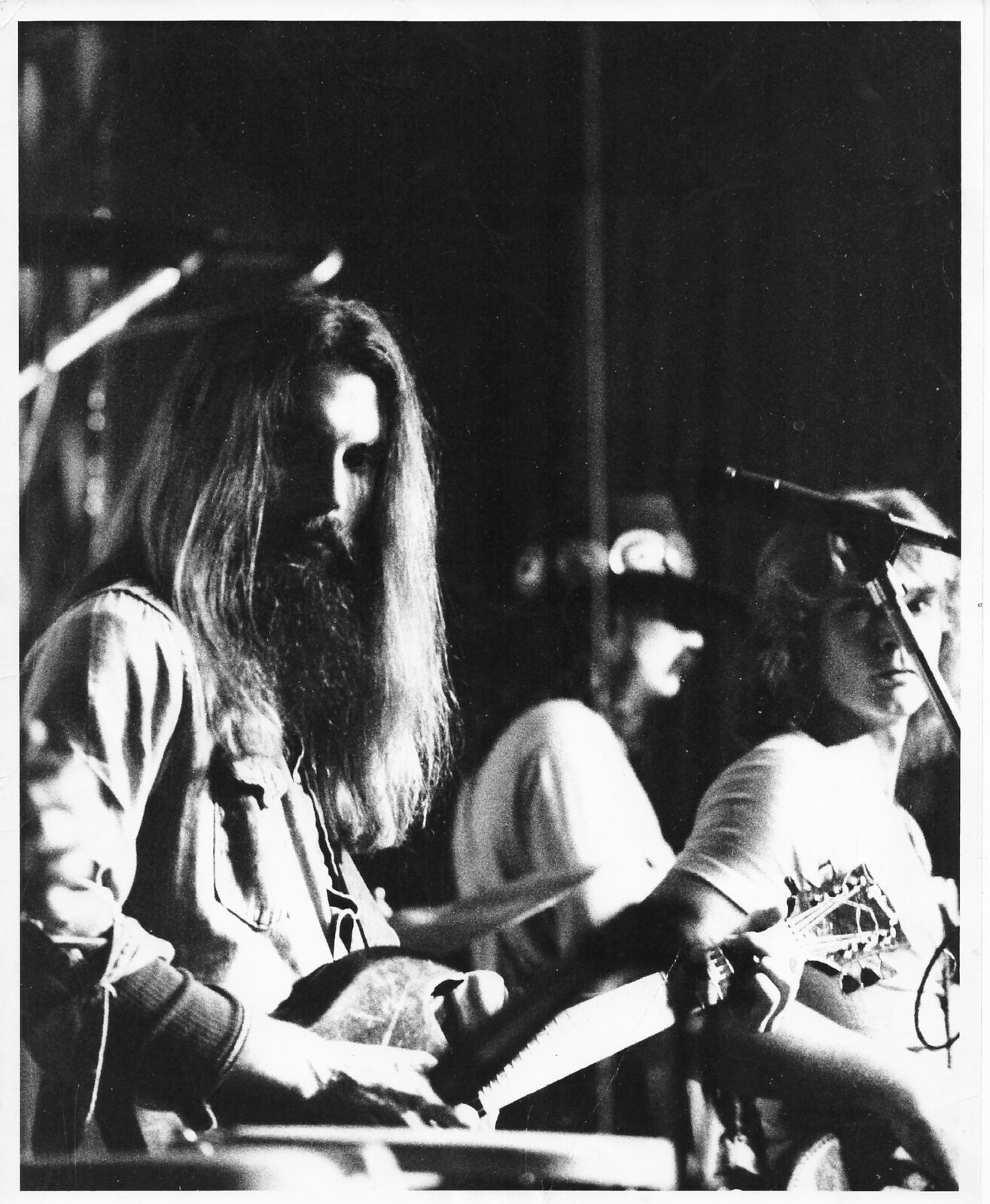



Thanks for the interview !
John Michael, we are the same age and have walked similar paths. It is nice to look back sometimes and remember with a smile. It is the Spirit that moves us forward. There is still much to be done, in the name of Jesus Christ. Thank you for your years of encouragement and inspiration. May the peace of Christ be with you always.
Great article John, what a great time to do music! A time like no other!
What a joy to read, I had the joy of seeing you at numerous times over the years, and was part of “The Body of Christ” in Indy where we sang The Lords Sunday many times in church on Sunday. Thanks for sharing your journey!
What a wonderful, inspirational and informative article. I have some of Albums with you and Terry. Enjoying everything you are doing now and looking forward to seeing what The Holy Spirit has in store next. See you and Violet soon.
Have followed you and Terry since the 70’s. God is faithful and has equipped and empowered you both and will do so to the end. I am glad historically this interview has been documented. I think it’s important to read. Thanks for doing it.